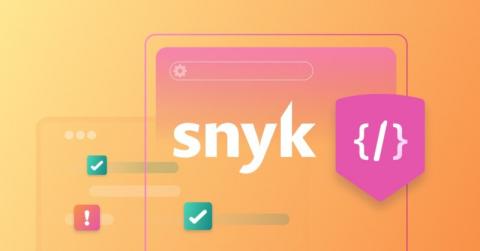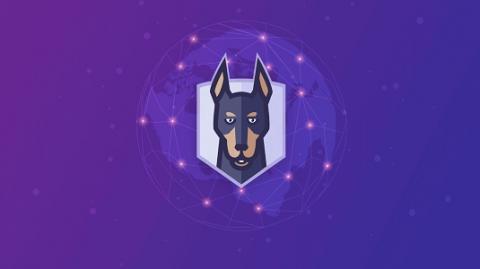Using the Snyk Vulnerability Database to find projects for The Big Fix
As developers, we all have our morning startup routine: make coffee, check Slack/Discord/email, read the latest news. One thing I do as part of my daily startup routine is check the Snyk Vulnerability Database for the latest open source vulnerabilities. It’s been especially interesting to see the types of exploits and vulnerabilities that appear in different ecosystems.










